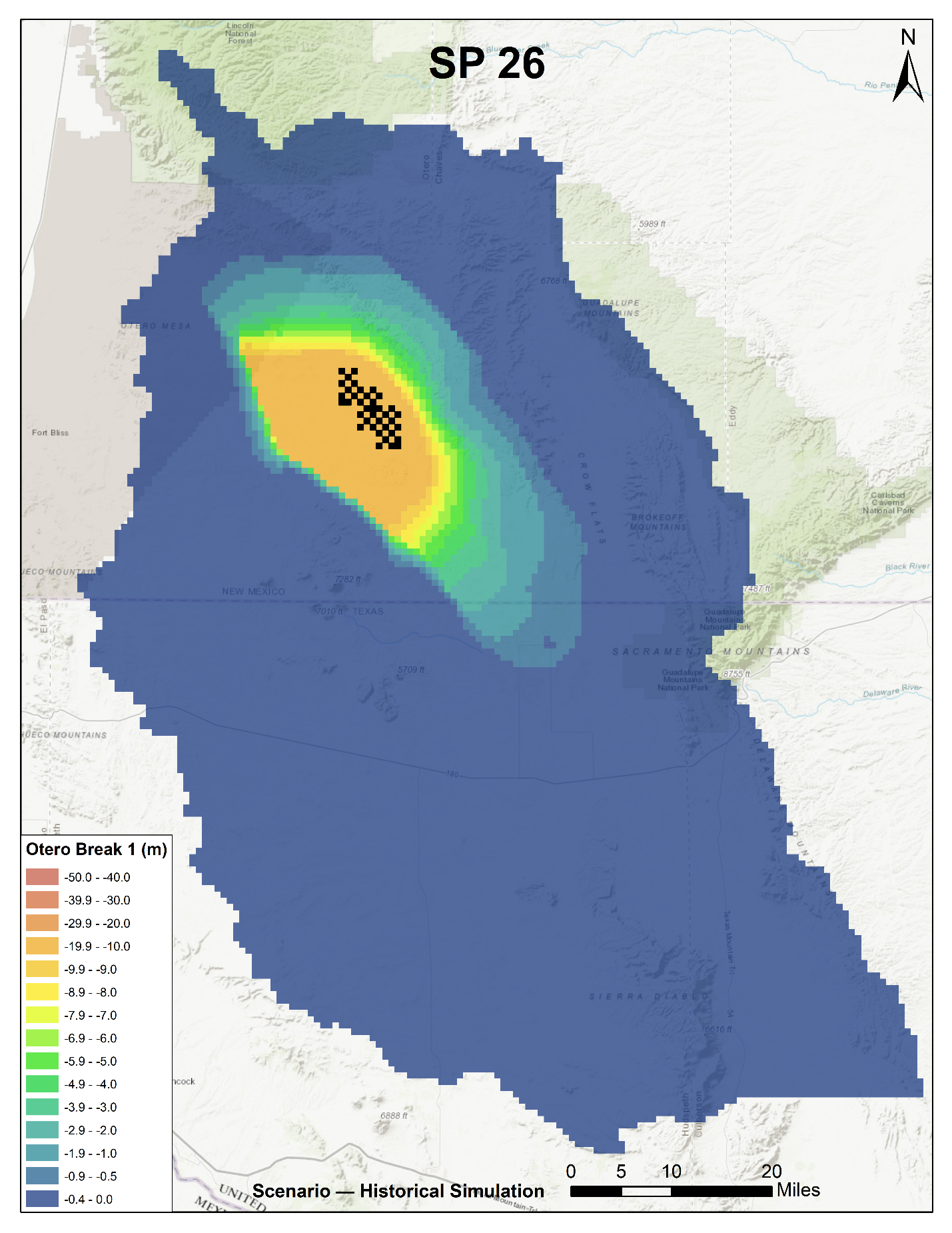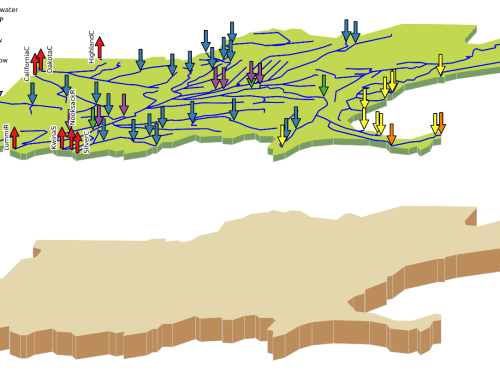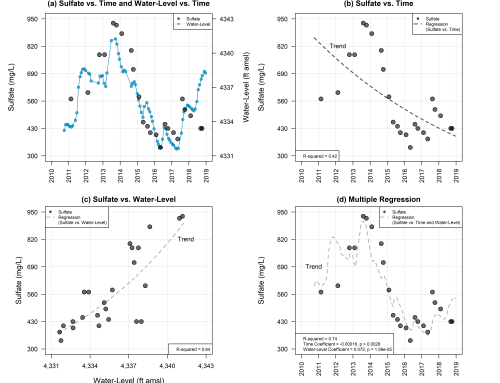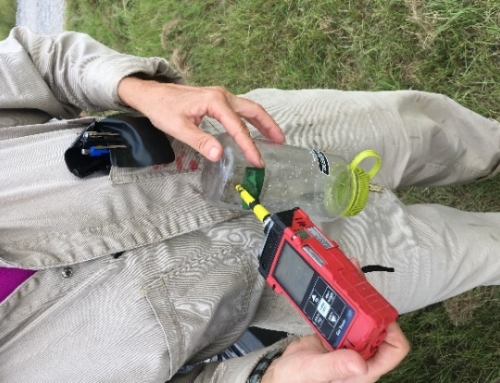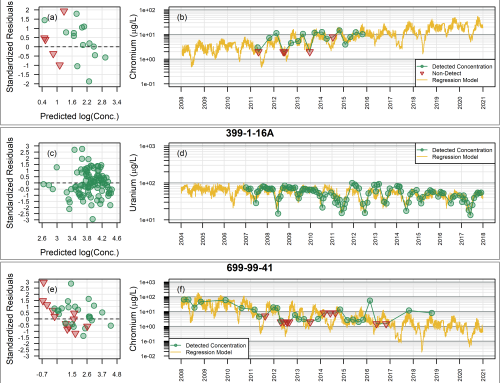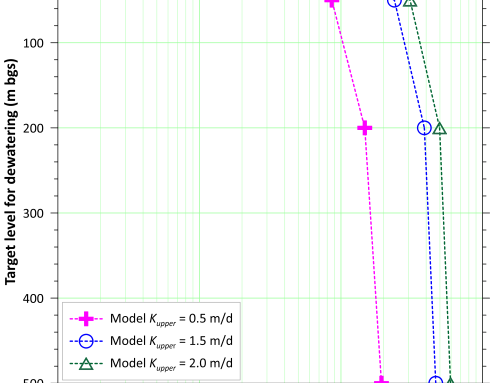On behalf of the New Mexico Interstate Stream Commission (NMISC), SSP&A was asked to provide expert insight into the State’s effort to assess feasibility regarding potential Salt Basin groundwater development for interbasin transfer either to the Pecos or Lower Rio Grande Basins.
SSP&A performed a critical review on available data and prior studies of basin hydrology and hydrogeology. Initial efforts included overseeing and supporting the development of a groundwater flow model by graduate students at New Mexico Institute of Mining and Technology (NMT), including performing model calibration. In a later phase, SSP&A refined the draft NMT groundwater model while continuing to use many inputs informed by work completed by NMT collaborators.
The collaborative development process of the Salt Basin Groundwater Model is an example of SSP&A’s ability to work with a variety of partners across academic, private, state and federal entities in order to provide added efficiency and value to the State of New Mexico.
Significant refinements included the implementation of pilot points for hydraulic property parameterization, refined estimates of historical irrigation pumping, and refined representation of evaporation from playas in the southern portion of the basin.
The groundwater flow model was used to refine estimates of water budget components and provide insight regarding the potential impact of current pumping and additional water basin transfers from the Salt Basin. SSP&A performed sensitivity analysis to better characterize the uncertainty of recharge estimates to the Salt Basin. To evaluate potential augmentation pumping feasibility, SSP&A developed alternative scenario simulations at different possible wellfield locations. As engineering feasibility and design for a potential augmentation wellfield proceeds, SSP&A continues to provide expert insight to the behavior of the groundwater system in the Salt Basin and estimated impacts of augmentation pumping.

